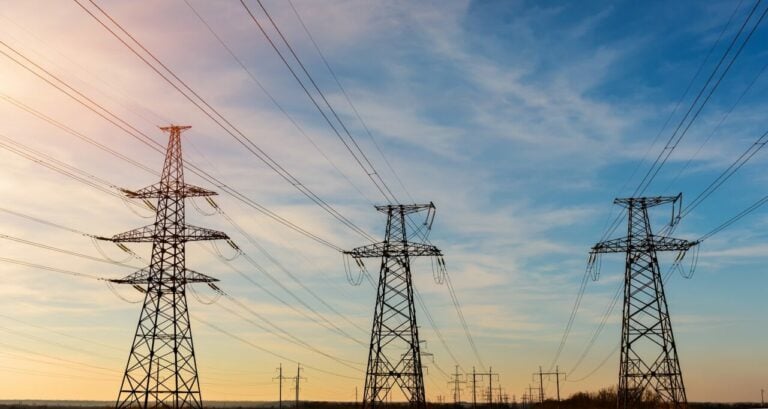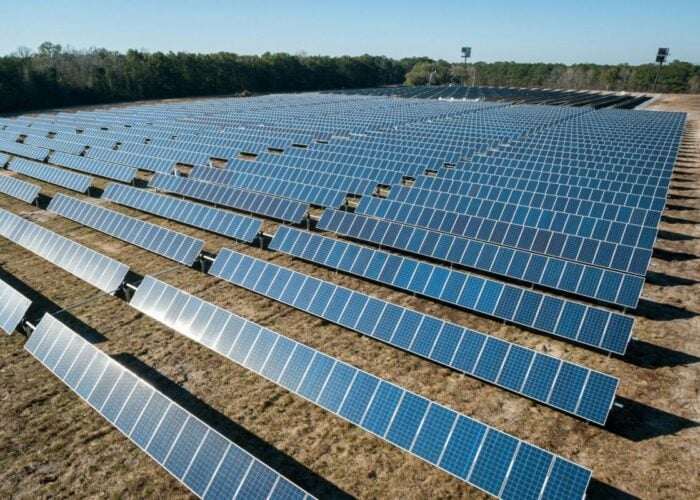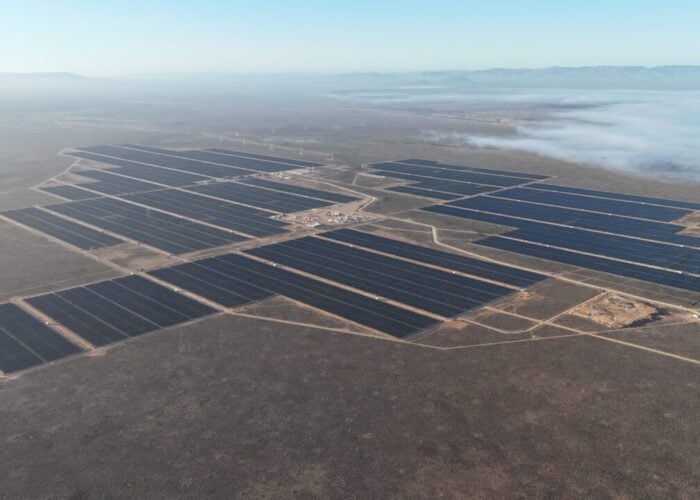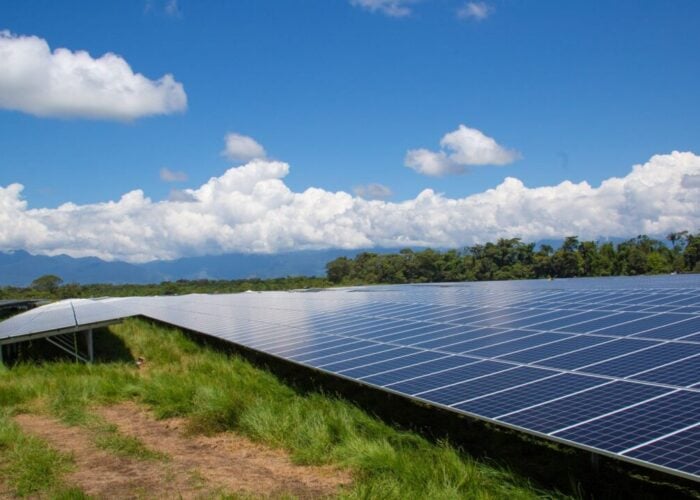
The Australian Energy Market Commission (AEMC) has published a ‘final rule’ that it claims will “create a more clear and pragmatic process to speed up grid connections” across the country and aid solar deployment.
The final rule includes the removal of unnecessary barriers to timely connections and clearer obligations on both the connection applicants, as well as the Australian Energy Market Operator (AEMO) and network service providers (NSPs).
Try Premium for just $1
- Full premium access for the first month at only $1
- Converts to an annual rate after 30 days unless cancelled
- Cancel anytime during the trial period
Premium Benefits
- Expert industry analysis and interviews
- Digital access to PV Tech Power journal
- Exclusive event discounts
Or get the full Premium subscription right away
Or continue reading this article for free
Greater transparency measures throughout the R1 assessment are also included, meaning that the AEMO will need to update its registration information resource and guidelines.
The rule change followed a request by the Clean Energy Council (CEC) national trade association, which said the issues were causing long delays and investment uncertainty.
The R1 assessment requires generators and large-scale energy storage providers to demonstrate their ability to meet performance standards before they are registered in the national electricity market.
AEMC chair Anna Collyer said the final rule strikes the right balance for the transition, with around 600 renewable energy generation and storage projects currently in the connection queue.
“With nearly 600 renewable energy generation and storage projects currently in the connection queue, it is critical that we speed up the process without compromising system security,” Collyer said.
“The final rule will help bring safe, clean and more affordable electricity to Australian homes and businesses sooner. It also aims to create greater certainty for the future clean energy investors needed to reach the nation’s emissions reduction targets.”
A global push to solve grid connections
Grid connections continue to be a major barrier to net zero obligations around the globe and hinder the connection of large-scale solar projects to national grids. The topic featured at Solar Media’s Solar Finance & Investment Europe (SFIEU) event in January 2024.
In the UK, several organisations, including National Grid and energy regulator Ofgem, have sought to speed up the connection process and reduce the waiting times in the transmission entry capacity (TEC) register. A plan was released at the end of 2023 outlining an overhaul that could release 100GW of capacity from the connections queue and cut average connection times from five years to six months.
The US has also seen issues connecting new renewable energy generation projects to the grid. In April 2024, PV Tech reported that the country’s backlog increased by 27% year-on-year in 2023, with about 2.6TW of generation and storage capacity now seeking interconnection, according to a Lawrence Berkeley National Laboratory (Berkeley Lab) study.
As of the end of 2023, the total capacity in the queue was more than twice the current US generating capacity of 1.28TW and about eight times larger than the queue in 2014.






